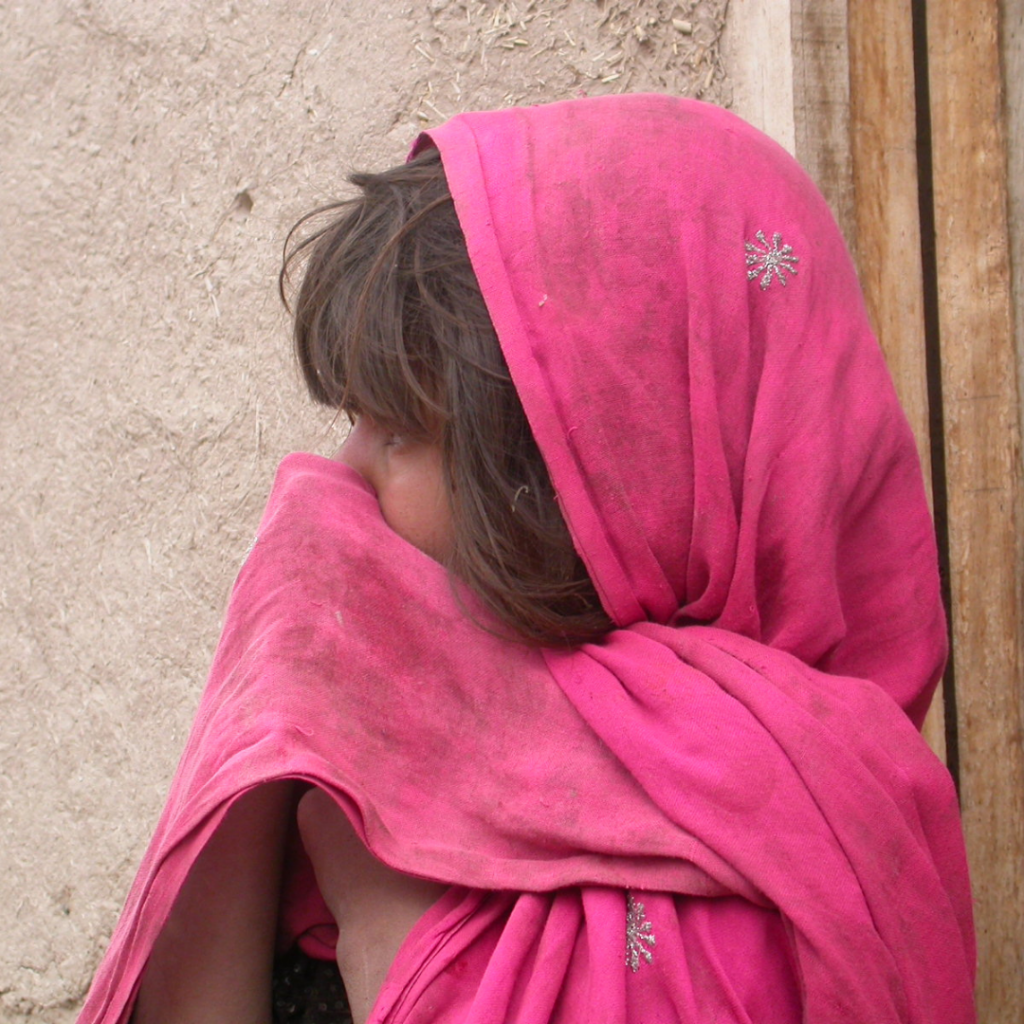Greetings Ask Carolyn readers, as we prepare for Domestic Violence Awareness next month, I write to express concern for violence against women and children remaining in Afghanistan. I have researched the topic, and I share my references at the end of this blog. So many of the themes of domestic violence are recurrent: poverty, education, and the effect of prolonged conflict on children.
Afghans have experienced 40 years of prolonged violence, according to Anasuya (2017). Given the 40-year conflict, few persons remember a time of no conflict. Indeed, there are few adults of fighting age that remember a time of peace. There is institutional violence, and one can focus on little else – much less productivity. The mental strain precludes substantial productivity, particularly in such sustained violence. Domestic violence breeds domestic violence.
Even before the fall of the government in August 2021 and the takeover of the Taliban, education was tenuous for girls, but education was improving. The Taliban have traditionally not permitted education for girls, but before the August takeover, the World Education News+Reviews (2016) reported that 39% of the students were female. The adult literacy rate is only 38%, severely below the international average age of 84% (Work Education News+Reviews). All this progress for girls is lost. With the overall absence of literacy, few can read the Qur’an holy book.
Let’s look at poverty. According to World Bank Data, the Gross Domestic Product of Afghanistan is only $20 billion with a per capita GDP of only $574.18 per person. There are approximately 35 million people in Afghanistan, about the same number of persons as in Canada. Comparatively, the GDP per capita for Canada is $50,382.86. Twenty-five percent of Afghans are undernourished. Only eight percent have the internet. The adolescent birth rate of girls between 15 and 19 is 81%, and most babies are not born in friendly, clean hospitals.
In looking at the World Bank data, imports and exports for Afghanistan are not officially reported. We know rugs are exported, and food and petroleum are imported. So why no official statistics? Could it just be that illegal exports such as opium and other drug trafficking may be significant to the economy? I have to ask is Taliban a drug cartel in the name of extremist religious views. (See Nichols, 2017).
So, yes, I worry about my sisters, the women left in Afghanistan. They have no choices, no education, poverty, and a life of terror. God bless and keep them.
 Ask Carolyn
Ask Carolyn




